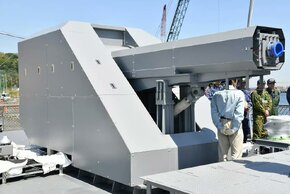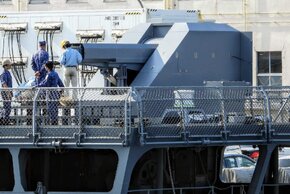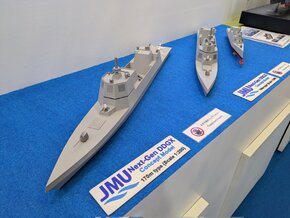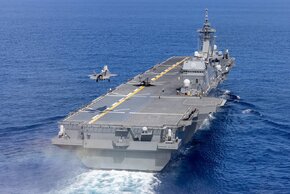SolarisKenzo
Well-Known Member
Things can work out even in western countries.
Look at Italy or France, but also Germany (for subs).
Fincantieri is currently building 3x U-212NFS simultaneously in La Spezia. Next year the fourth one will begin construction, allowing for one SSK delivered every year.
Riva Trigoso built 12 FREMMs and 7 PPAs, basically 19x 6000+ tonnes frigates in 11 years with 2 more being built of a new version.
Look at Italy or France, but also Germany (for subs).
Fincantieri is currently building 3x U-212NFS simultaneously in La Spezia. Next year the fourth one will begin construction, allowing for one SSK delivered every year.
Riva Trigoso built 12 FREMMs and 7 PPAs, basically 19x 6000+ tonnes frigates in 11 years with 2 more being built of a new version.







